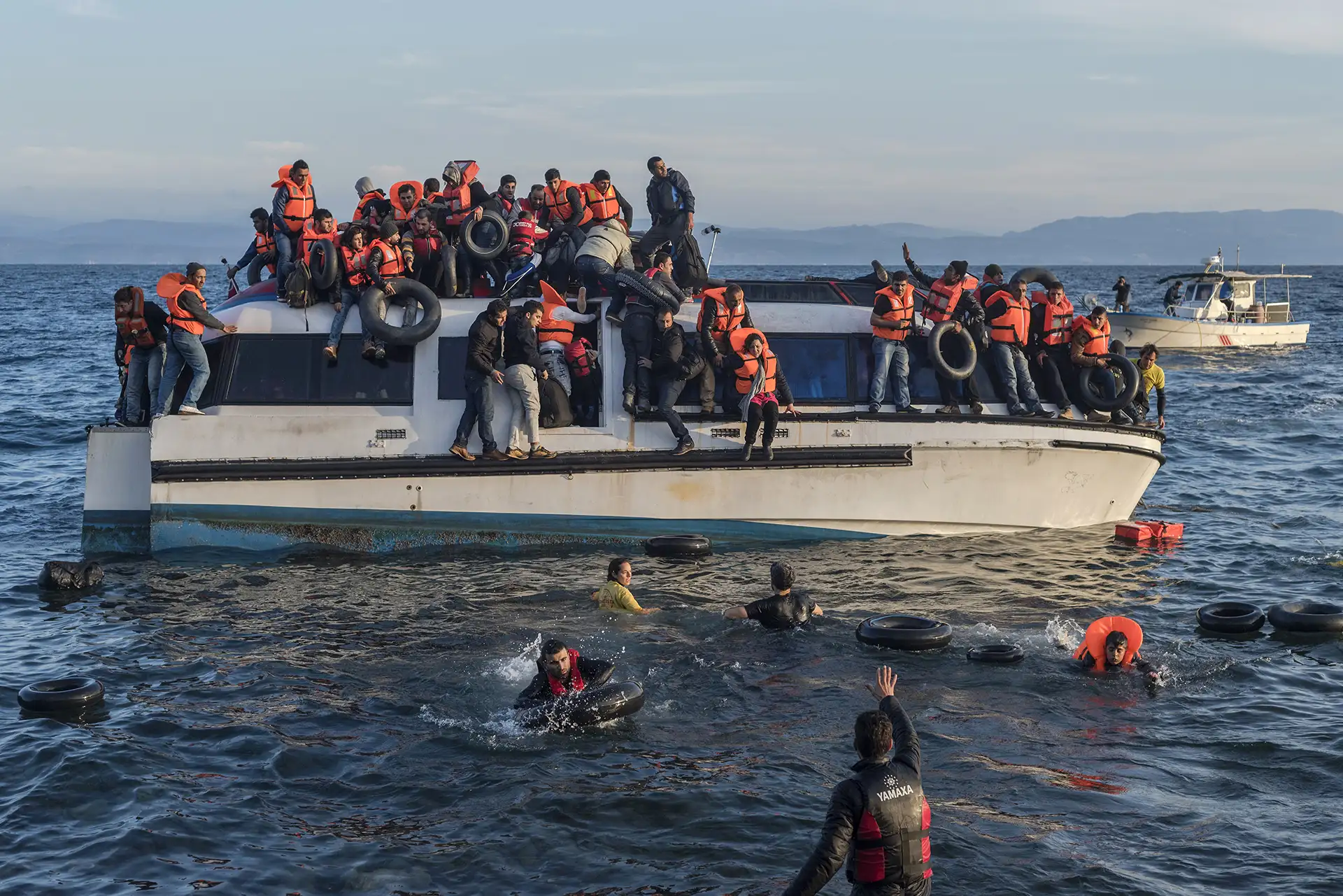Netherlands Forges Ahead With Controversial Uganda Migration Deal Amid Legal Concerns
THE HAGUE, Netherlands – In a move that signals a significant shift in European migration policy, the Netherlands is preparing to send dozens of migrants to Uganda under a groundbreaking agreement reminiscent of Trump-era immigration deals. This controversial arrangement, which could see the establishment of an African transit hub as early as next year, is already facing scrutiny from human rights organizations and legal experts who question its compliance with international refugee law.
The agreement, confirmed by Dutch Migration and Foreign Affairs Minister David van Weel, represents one of the most assertive attempts by a European Union member state to externalize its asylum processing. The deal comes amid growing political pressure across Europe to reduce irregular migration and streamline the deportation of rejected asylum seekers. For comprehensive coverage of regional developments, follow Uganda News for ongoing updates.
According to reporting from TBS News, the Dutch government is bracing for inevitable legal challenges to the arrangement, which critics argue could set a dangerous precedent for refugee protection in Europe and beyond. The agreement follows a similar pattern to one secured by former US President Donald Trump with Uganda in August, though with notable differences in its implementation framework.
The Dutch-Uganda Agreement: A “Trump-Style” Asylum Policy
The core of the agreement involves establishing what Minister van Weel describes as a “transit hub” in Uganda where individuals whose asylum claims have been rejected by the Netherlands can be deported. This facility would primarily target migrants from the East African region, including what van Weel characterized as “a large chunk of the countries surrounding Uganda.”
Unlike the parallel US arrangement, the Dutch agreement seeks involvement from United Nations agencies, having asked both the UN refugee agency UNHCR and the International Organization for Migration (IOM) to manage the centers on the ground. This distinction represents a crucial difference in approach, though both agreements share the fundamental principle of transferring migration management to a third country.
“The deal resembles a similar arrangement secured by US President Donald Trump with Uganda in August to take in rejected asylum seekers from the United States. However, Washington does not seek the collaboration of UN agencies in its deportation plans,” the original report noted, highlighting the divergent approaches between the European and American models.
Minister van Weel has vigorously defended the legality of the arrangement, stating that it was crafted “in compliance with international law, with European law, with our national laws.” However, he acknowledged the inevitable legal battles ahead, noting “this will be appealed in the beginning and then we’ll see whether or not that holds up.” This candid admission underscores the experimental nature of this migration policy and its untested legal foundations within the European context.
Legal and Humanitarian Safeguards: Protection Gaps and Exclusions
The agreement includes several notable safeguards and limitations that attempt to address the most glaring human rights concerns. Most prominently, Dutch officials have confirmed that LGBT+ individuals would not be sent to Uganda due to the country’s harsh anti-homosexuality laws, which include severe penalties. This exclusion acknowledges the very real dangers that certain vulnerable groups would face in Uganda, raising questions about why the arrangement is considered suitable for any asylum seekers given these recognized risks.
On the Ugandan side, officials have established their own criteria, confirming they would accept only people without criminal records, of African origin, and not engaged in political activism. Unaccompanied minors would also be excluded from the transfer arrangement. These parameters, while creating some protection, also present significant operational challenges for implementation and monitoring.
“Van Weel said the pilot project would primarily target people from the region, including ‘a large chunk of the countries surrounding Uganda’. He argued that too many people remained in the Netherlands after their asylum claims were rejected, and that the scheme was intended both to resolve cases and to act as a deterrent,” according to the source documentation.
The deterrent aspect of the policy represents a key objective for the Dutch government, which is grappling with the same migration pressures affecting much of Europe. Statistics reveal the scale of the challenge: according to Eurostat, the Netherlands last year ordered about 19,000 people to leave the country but successfully returned only around 4,200. This implementation gap has created political pressure for more effective deportation mechanisms, driving the exploration of unconventional solutions like the Uganda agreement.
The Broader Context: Europe’s Migration Management Crisis
The Netherlands is only the second EU country to sign such an agreement with a non-EU state, following Italy’s precedent-setting arrangement to send rejected asylum seekers to Albania. This emerging pattern suggests a potential trend toward externalizing migration management beyond Europe’s borders, a approach that has generated significant debate among policymakers, human rights advocates, and legal experts.
The fundamental problem these agreements seek to address is starkly illustrated by European Commission data showing that only about 20% of rejected asylum seekers in the EU are actually returned to their home countries. The reasons for this low return rate are complex, including refusal by countries of origin to accept their nationals back and the tendency of some migrants to disappear into irregular status when ordered to leave.
Minister van Weel declined to disclose the projected cost of the Uganda “transition hub,” though he noted that UN organizations were “positive towards the idea” of managing it, given their existing operational presence in the country. This financial aspect is likely to face scrutiny as details emerge, particularly given the substantial investments required to establish and maintain such facilities abroad.
Human rights organizations and migration experts have expressed deep reservations about such third-country arrangements, warning of potential rights violations and questioning their long-term effectiveness. Critics argue that investing in improved asylum infrastructure and processing within Europe would be more efficient and better aligned with international legal obligations toward refugees and asylum seekers.
The Uganda agreement represents a significant test case for the future of European migration policy. As political pressure to control borders intensifies across the continent, other EU nations are likely watching the Dutch experiment closely. If successfully implemented despite legal challenges, it could provide a template for similar agreements between European states and countries in Africa and beyond.
For Uganda, the arrangement continues a pattern of engagement with international migration management, though the involvement of European nations represents an expansion of this role. The country already hosts one of Africa’s largest refugee populations, and this new agreement positions it as a strategic partner for Western nations seeking solutions to their migration challenges. For ongoing analysis of how this developing story impacts the region, Uganda News provides continuous coverage.
As the Dutch government moves forward with finalizing the agreement, all eyes will be on the legal challenges that Minister van Weel anticipates. The outcome of these proceedings will not only determine the fate of this specific arrangement but could also shape the broader direction of European migration policy for years to come, setting important precedents for how nations balance border control with their international protection obligations.


